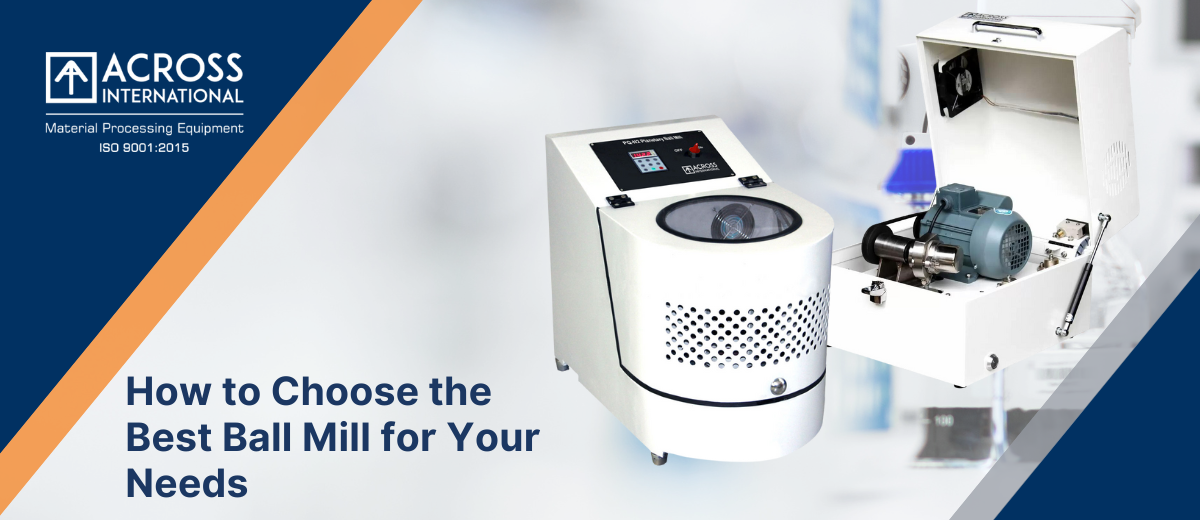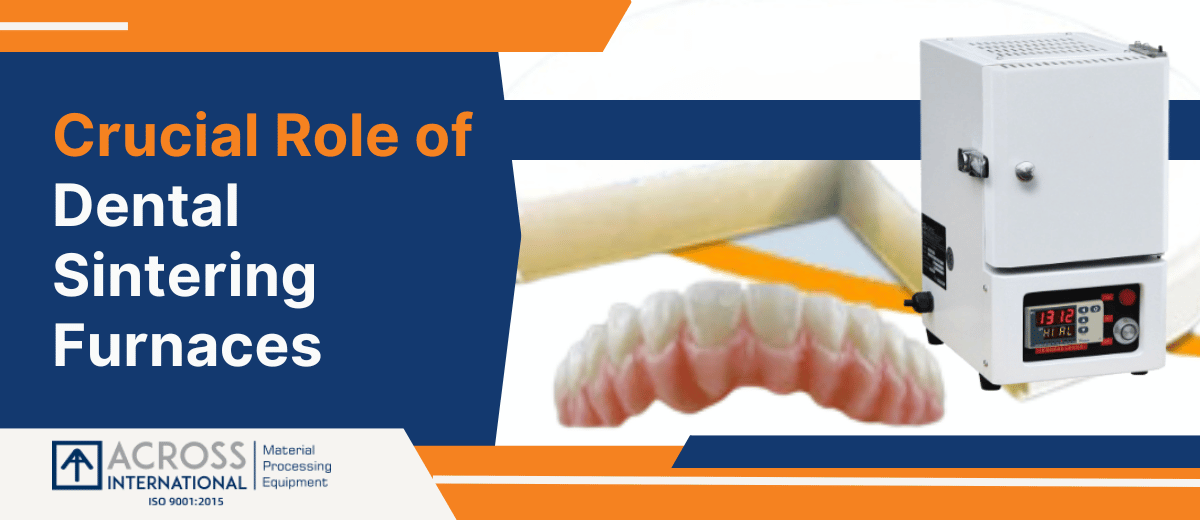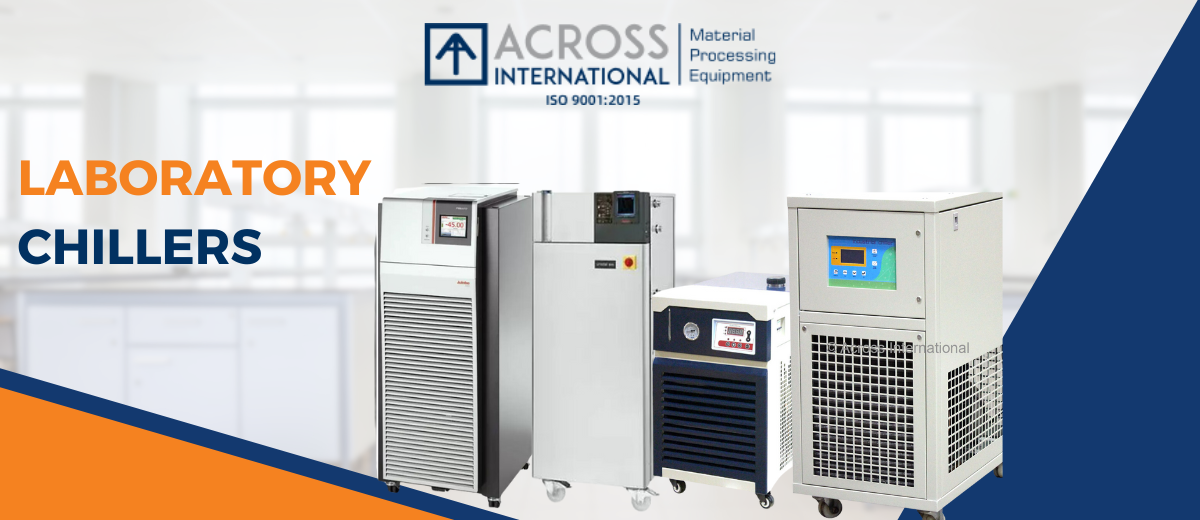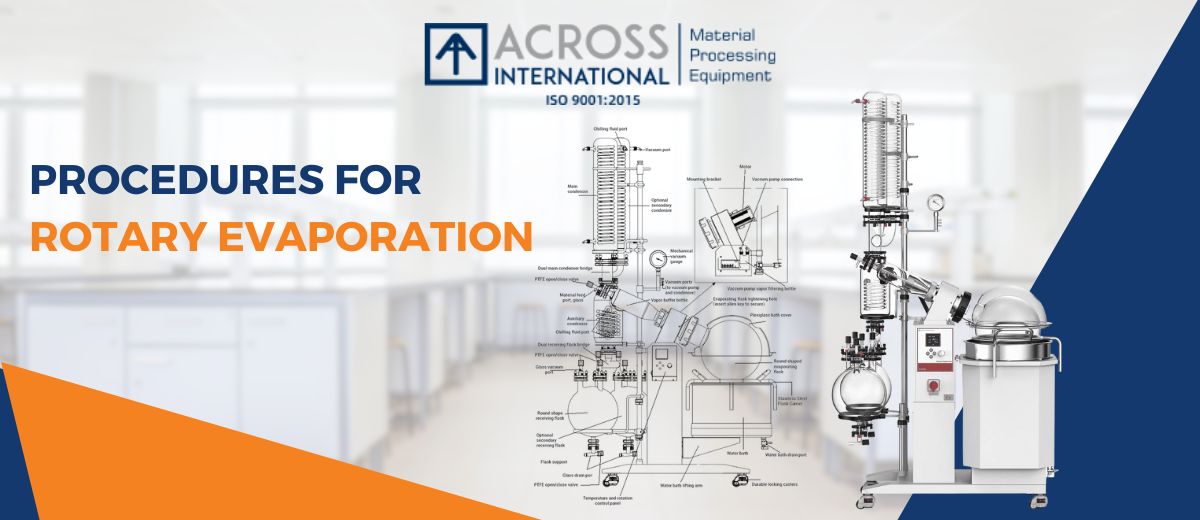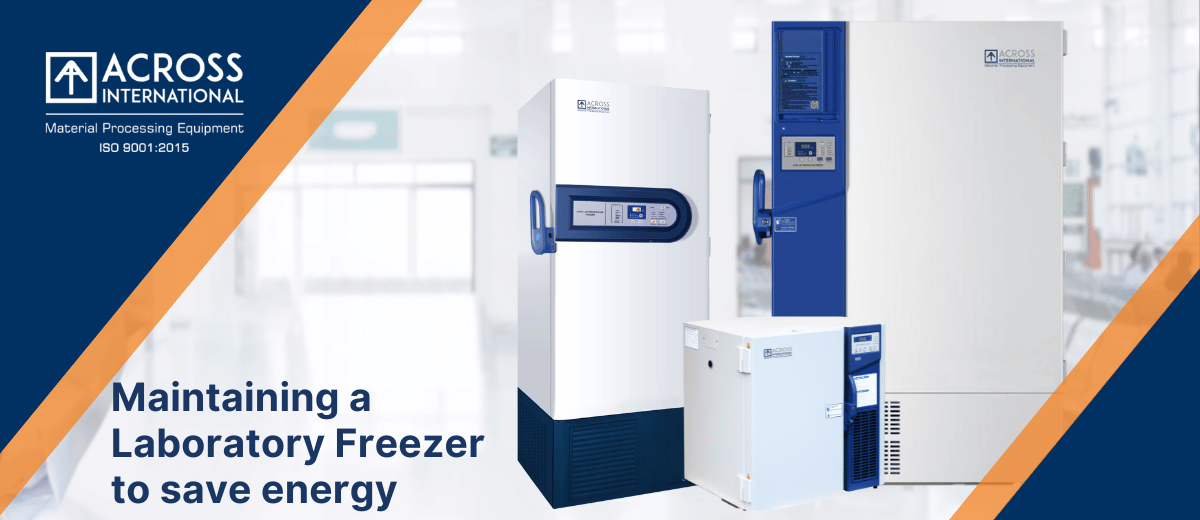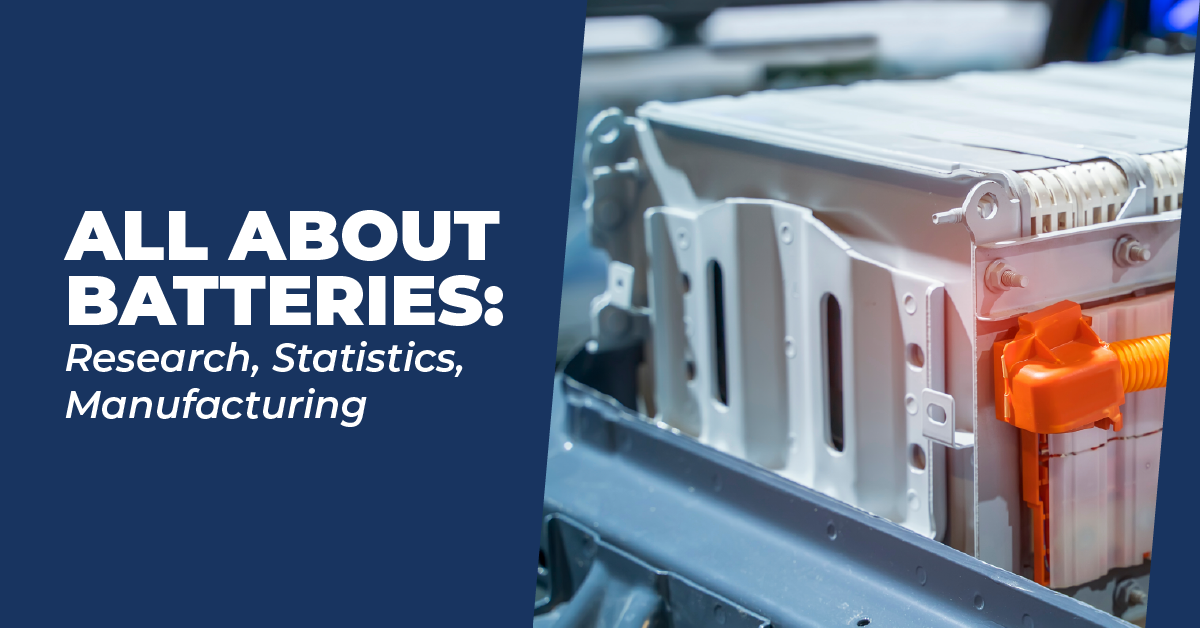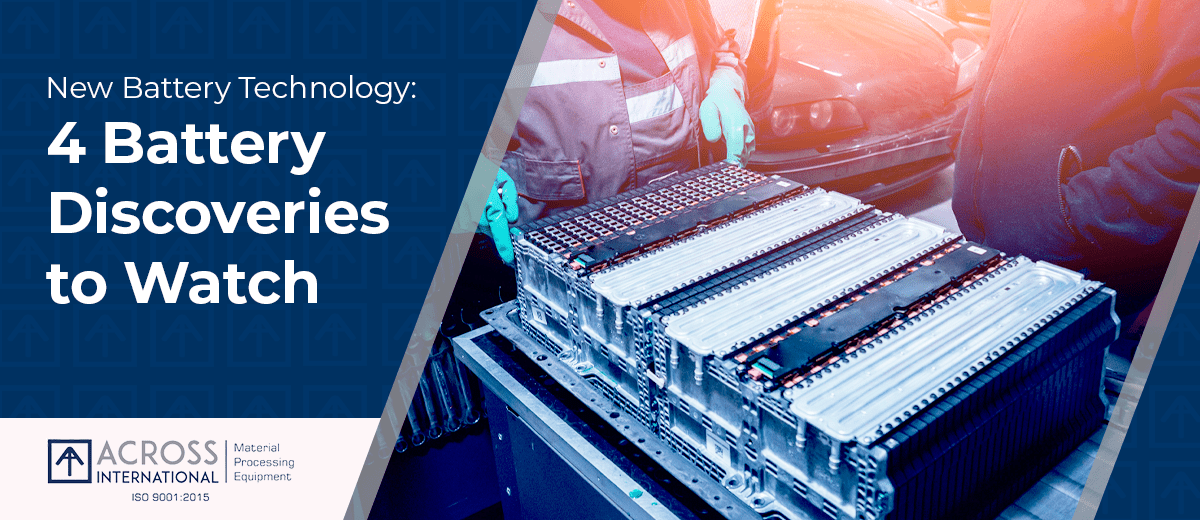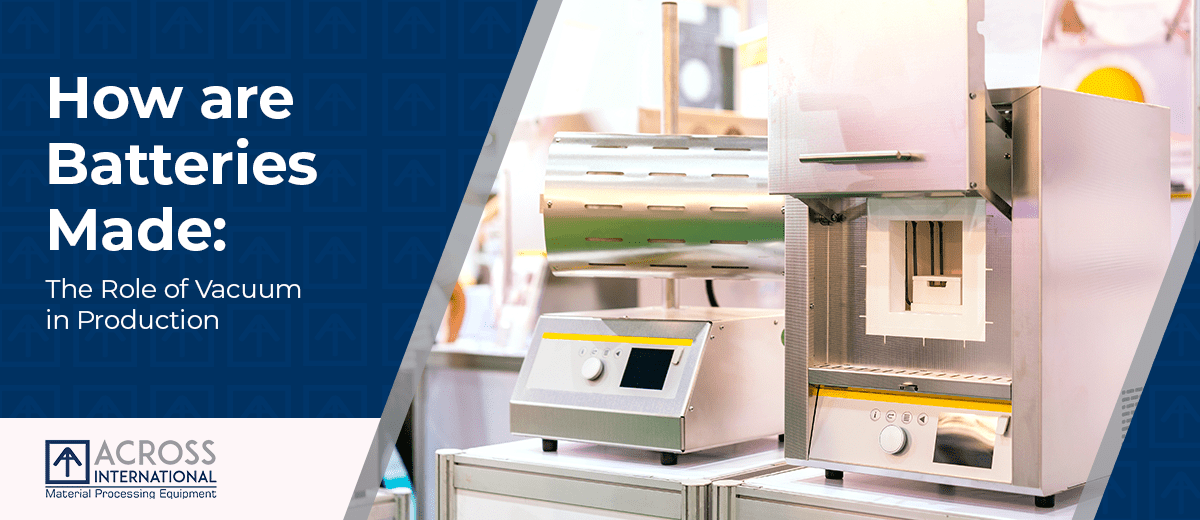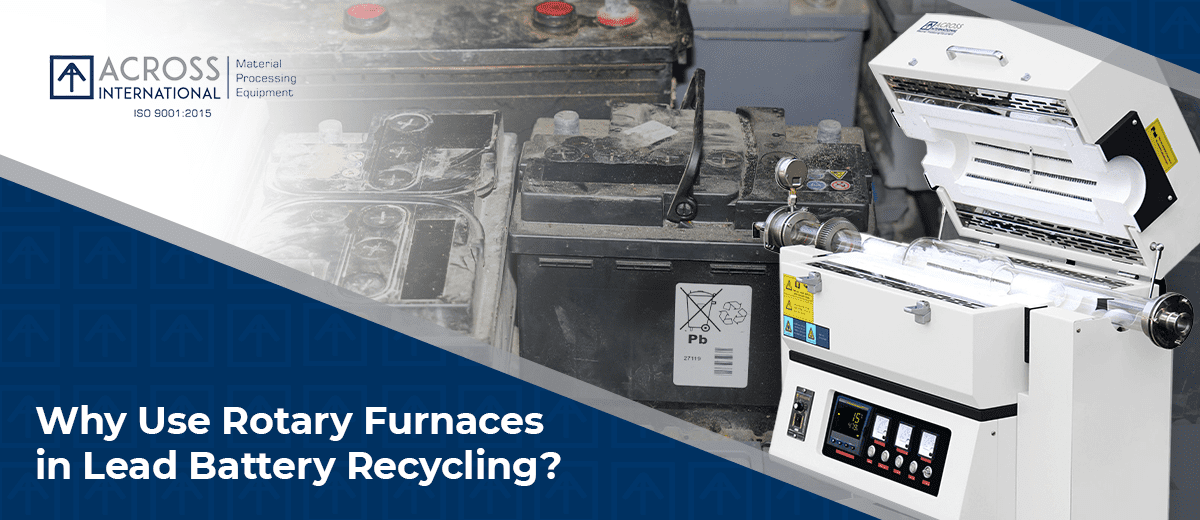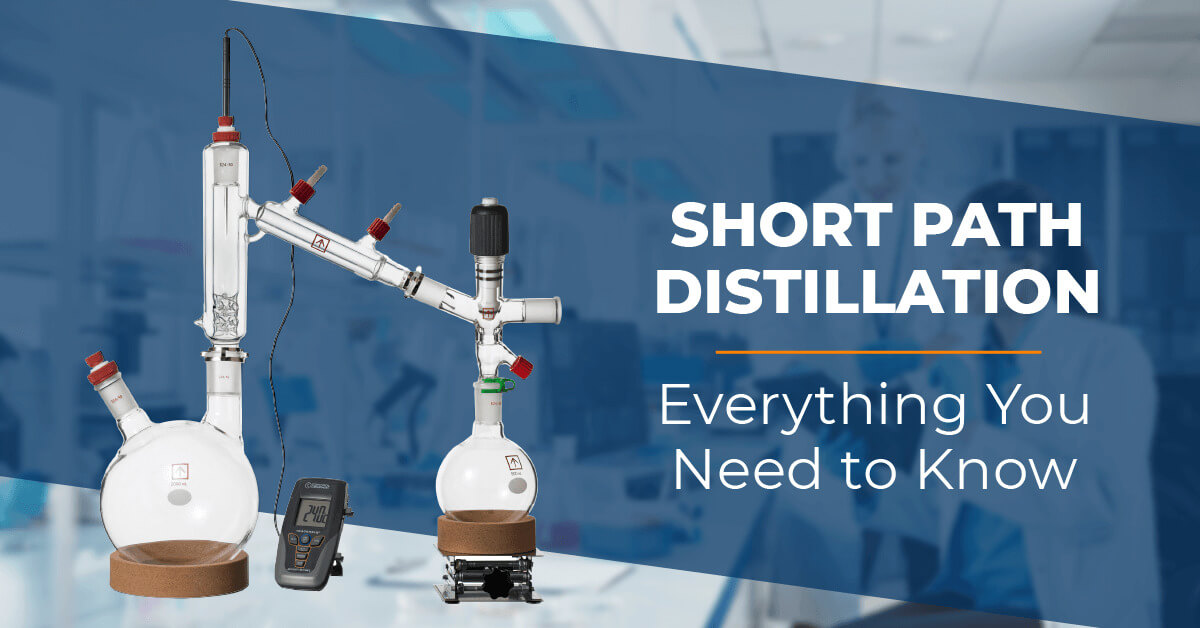We use cookies to make your experience better. To comply with the new e-Privacy directive, we need to ask for your consent to set the cookies. Learn more.
Lab Equipment Calibration: Understanding Its Importance (and How to Do It)

Process efficiency and result accuracy are two of the most critical factors in lab testing. These aspects entail finishing your tasks quickly and achieving the correct data.
However, you can't hit these targets without the proper lab equipment, machines, and instruments. As such, you should keep them in peak condition to ensure they perform well over long periods.
You may be wondering: how can I maintain my lab equipment? The answer is lab equipment calibration.
Lab calibration is the process of correcting an equipment's settings based on standard parameters. The goal is to ensure that your lab equipment consistently produces accurate results and helps you avoid sudden malfunctions, mishaps, delays, and damage.
Calibrating your lab machines and instruments also saves money on costly repairs or replacements you could otherwise spend on more important expenses.
Check the infographic below to learn more about lab equipment calibration, the types of calibration processes you'll likely perform, and the steps to properly calibrate your machines and instruments. The more you know how to maintain your lab equipment, the better you can ensure your lab's success.
Why Lab Equipment Calibration is Important
Lab equipment calibration requires time and money. You may forgo this maintenance practice if you're in a financial bind, but doing so may result in even more expensive consequences. Here are the top reasons you should calibrate your lab equipment.
1. Ensure the equipment's functionality
All lab equipment has distinct functions facilitating critical activities like tests and production processes. For instance, your lab may require a furnace to dry, bake, and cure samples. It may also use a lab rotovap for extracting and distilling various substances.
You can't thoroughly test or run your processes without these core functions. You may also get inaccurate results, which could ruin and delay your testing and production plans.
Lab equipment calibration ensures your machines and apparatuses remain functional. It also allows you to detect major problems and immediately find a solution. You wouldn't want a piece of lab equipment malfunctioning while using it. Avoiding this setback from the start helps you stay on track with your lab tests and save on hefty maintenance costs.
2. Prolong equipment lifespan
Lab equipment inevitably degrades over time, especially when used regularly in environments that affect their quality. For instance, uncontrolled temperatures cause microbes and bacteria to form on instruments. Humidity also causes gauge blocks to rust.
Calibrating your machines and equipment helps minimize damage, enabling you to use them for extended periods. You'll maximize your investment the longer you use your lab equipment and the better it performs.
3. Improve lab safety
Calibrating your lab equipment also allows you to follow safety standards and practices. These rules are essential because you deal with harmful chemicals, raw materials, and small to large machines daily.
Machines that perform optimally can help you achieve accurate results and protect your staff from various hazards. For instance, your ovens and furnaces could overheat or explode if you fail to calibrate them on time. Such a scenario can lead to delays in testing and production and additional costs for repairs, damage, and staff hospitalization.
4. Guarantee testing accuracy
Accurate results are crucial in product safety, whether for drugs, food, essential chemicals, or other practical items. Otherwise, they could pose various risks to your operations and end customers.
Properly calibrated lab machines and instruments provide precise results and perform according to industry standards. Regular calibration is vital when running a large-scale operation because inaccurate results often translate to massive losses.
5. Save money in the long run
Uncalibrated equipment could lead to incorrect results, defective products, and delayed processes. These setbacks could cost thousands or millions of dollars, affecting your overall operations. It's a bigger hassle to pay for these delays and errors than invest your money in other expenses involving materials and processes.
As such, calibrating your lab equipment spared you from paying for sudden maintenance, replacements, and errors. Using calibrated equipment in lab production also ensures the economical use of raw materials without generating waste.
6. Acquire industry certification
Industry certifications add credibility to your lab and enable you to operate without setbacks. For instance, ISO/IEC 17025 can validate your lab's ability to operate competently and generate valid results. ISO 9001 can also verify the quality of your processes and solutions.
Regularly calibrating your lab equipment is necessary to qualify for these certifications. Besides result accuracy, calibration keeps your lab machines and instruments in good condition to ensure you turn out quality products.
Lab Equipment Calibration Checklist
Different lab machines and instruments require specific calibration processes. These procedures help keep your lab equipment in shape.
1. Mechanical
Mechanical calibration fixes machines and instruments that measure mass, force, dimension, angle, volume, flatness, torque, and vibration. Mechanical equipment includes accelerometers, scales or balances, load cells and force gauges, and torque wrenches and screwdrivers.
2. Electrical
Electrical calibration corrects devices that measure frequency, voltage, resistance, inductance, capacitance, and other electrical factors. Equipment requiring electrical calibration includes clamp meters, data loggers, insulation and loop testers, and oscilloscopes.
3. Humidity and temperature
Thermal cameras, thermometers, humidity generators, and other temperature-controlling machines need humidity and temperature calibration to function better and last longer. Heating machinery must be routinely inspected, evaluated, and repaired as necessary to prevent them from overheating and causing accidents in the lab.
Calibration also guarnatees output quality and uniformity and compliance in a current good manufacturing practice (cGMP) environment.
With regular calibration, you can be sure that your laboratory equipment will pass compliance audits and that they're running at their intended set point and parameters, without fear of over-shooting and other malfunctions.
Temperature and humidity calibration involves comparing current equipment settings to standard settings in a temperature-controlled environment. You can use thermistors, thermocouples, or platinum resistance thermometers (PRTs) to calibrate your equipment properly.
4. Pressure
Pressure calibration involves measuring and correcting a machine's hydraulic and gas pressure against a standard machine's settings. It requires pressure balances, calibrators, sensors, and gauges to measure pressure.
Lab machines and instruments that usually undergo this calibration include transmitters, test gauges, barometers, transducers, and pressure gauges.
How to Calibrate Lab Equipment
The calibration process is crucial to your lab equipment's longevity and durability. As such, you should do it properly to avoid damaging your machines and instruments, which may result in high maintenance costs. Follow the steps below to learn how to calibrate lab equipment appropriately.
1. Identify the instruments that need calibration
You don't need to calibrate all your lab equipment pieces simultaneously. You can start with the machines you use frequently. For instance, you should calibrate lab ovens at least once a year if you use them daily. Some forms of damage are unnoticeable, so it's best to fix them before they become visible.
You should also fix your lab equipment after a mishap or malfunction. Lab calibration can confirm if it needs significant repairs or a replacement. Detecting problems as early as possible can help you save time and money and ensure operational continuity.
2. Schedule and plan the calibration
Make a lab calibration schedule based on your manufacturer's recommendations. You can assign calibration dates to each machine and instrument either manually or digitally using a laboratory information management system (LIMS).
Scheduling your calibration dates allows you to regularly maintain your equipment without disrupting your workflows. It also prevents you from making lab calibrations at the last minute, which may delay your operations.
3. Follow manufacturer instructions for calibration
The instruction manuals can help you calibrate your equipment correctly. Hiring an expert may be necessary to ensure proper equipment handling if the calibration process is too complex.
Calibration service providers possess the tools and knowledge to correct lab equipment. It's best to leave the heavy work to the experts to save time, effort, and money.
4. Document important details
Record the standards and calibration procedure for every machine and instrument as you use and repair them. Create and keep hard and soft copies of these documents to easily access them when needed.
Then, assign a staff member to maintain and modify these guidelines accordingly. They should note previous and upcoming calibration dates, essential calibration tools for each piece of equipment, the manufacturers or calibrators for each machine and instrument, etc.
5. Automate calibration procedures
Use semi-automatic or automatic instrument calibration technology to improve your calibration processes. They help create a database for your lab equipment and calibration parameters. They also allow you to remotely maintain lab equipment, calibrate machines and instruments as scheduled, and document all calibration procedures.
By taking advantage of technology, you can speed up lab equipment calibration, reduce errors, and maintain operational continuity.
Leave Lab Equipment Calibration to the Experts
Calibrating lab equipment is essential to operational success, helping keep your machines and instruments in excellent form, prevent delays, and reduce your operating expenses for the long term.
To ensure the proper calibration of your lab equipment, seek expert calibration services from Across International. We're an ISO 17025-accredited calibration and testing laboratory that offers on-site thermal calibration for refrigerators, freezers, ovens, furnaces, and other lab equipment.
We ensure that each machine and instrument is on par with industry standards to deliver accurate results for your lab. Request a quote for our calibration services.


